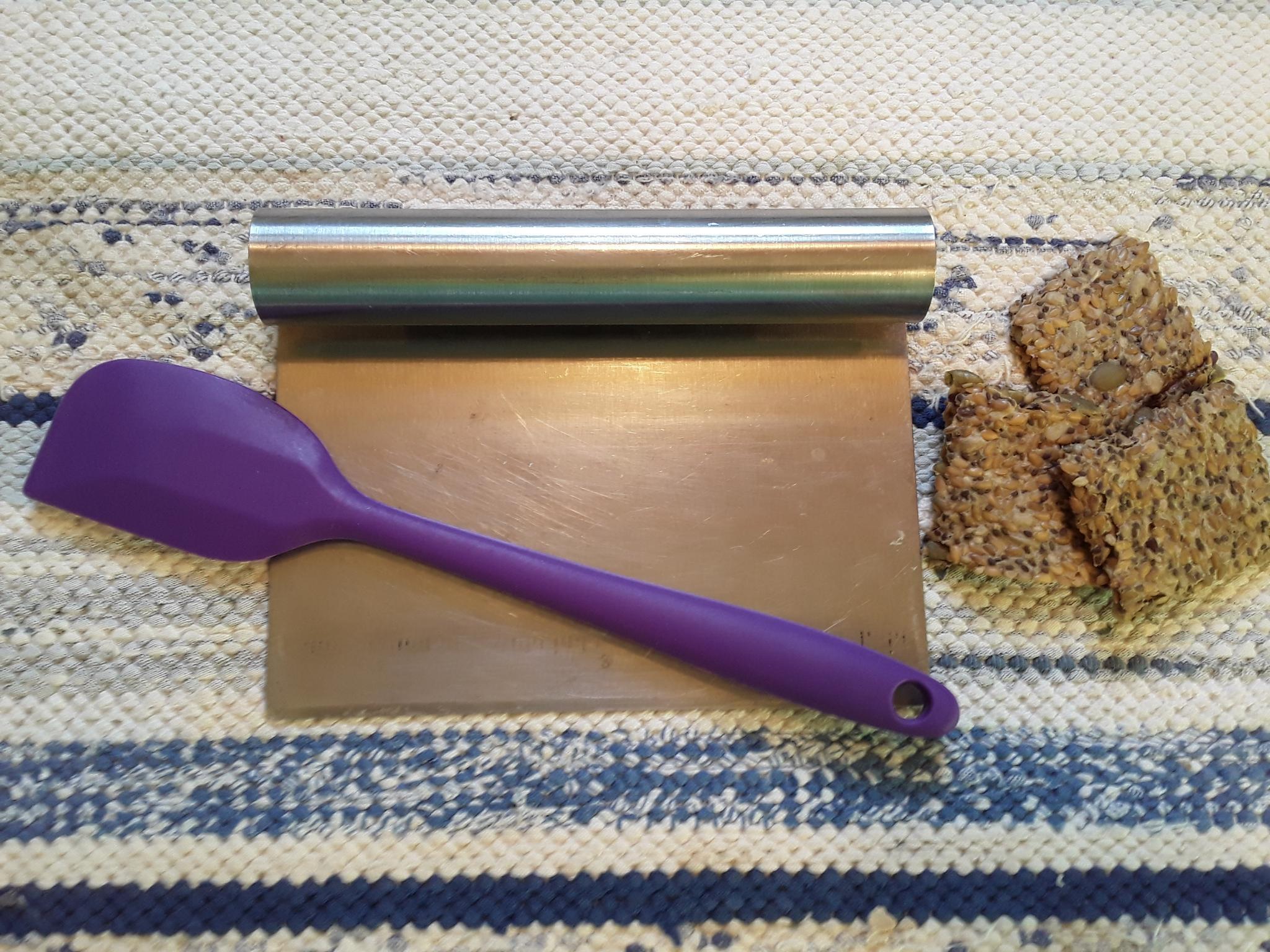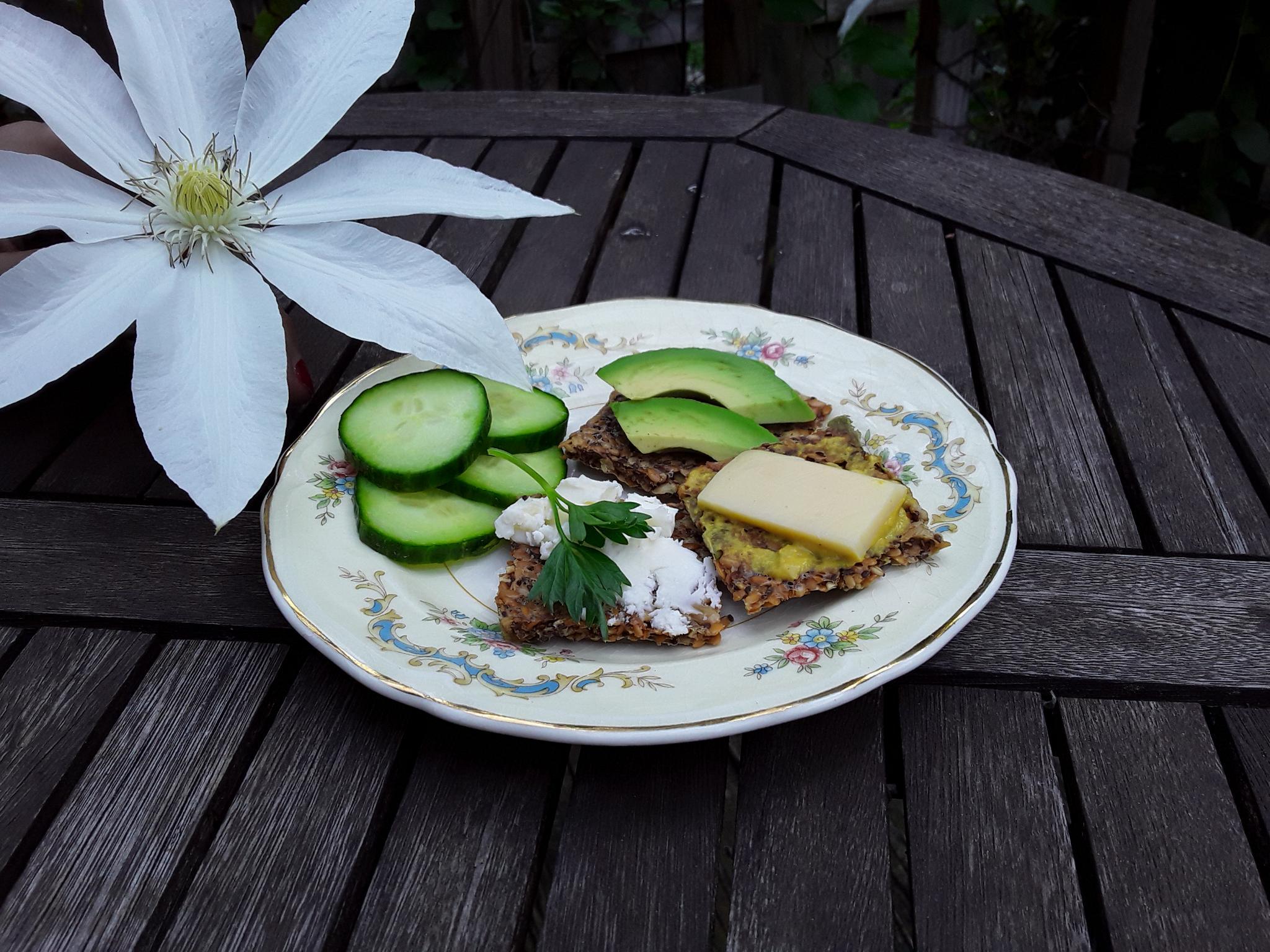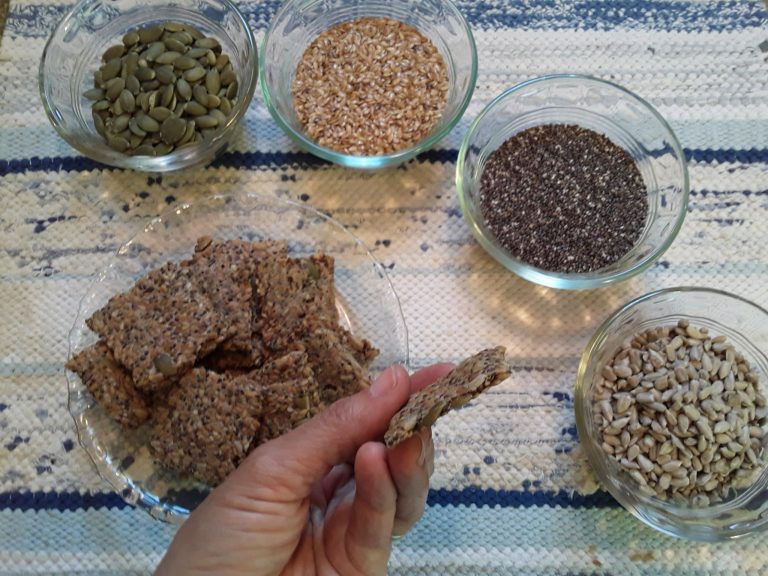Cracker-like foods have long served travelers of all sorts as a virtually non-perishable form of sustenance that was easy to carry. Unlike these scrumptious seed crackers, the original crackers were very basic and bland: water and flour baked into a stiff, brown crust, such as “hardtack”—a staple used during the War of 1812.
It is said that leftover supplies of hardtack were brought out again some 50 years later to sustain soldiers during the Civil War.
As crackers evolved, they became much more palatable. A finer morsel, light in both color and density, was achieved with the addition of yeast, a rising period, thorough kneading, and a drying period following the baking. This common cracker could be made in bulk and last for months at a time when food was scarce for many families.
Later, Theodore Pearson of Newburyport, Massachusetts produced what became the standard American cracker. These “pilot biscuits” were leavened with baking powder and could be compared with “saltines.”
Today, all manner of crackers stock the shelves of our markets. From cookie-like graham crackers to bite-size “cheez its,” one can easily find crackers imbued with just about anything, except, perhaps, nutrition. Many crackers are highly-processed, wheat-based recipes that offer little other than quick carbs; yet they can be sooo much more!
Benefits of flax, and seeds in general
Success
You are now signed up for our newsletter
Success
Check your email to complete sign up
Replacing the average wheat cracker with seed crackers is a simple switch that could give you more energy physically, and much greater satisfaction from your meal.
Seeds are the tiny packages of information and energy required to construct an entire new plant. What they contain is whole, balanced and extremely nutritious. Adding a variety of seeds to your diet is bound to bring multiple health benefits.
Aside from being delicious, seeds provide an excellent, natural source of fiber, multiple nutrients and antioxidants, and healthy fats.

Flax seeds, the main ingredient of these crackers, are famous for being a non-fishy source of omega-3 fatty acids, important for the proper functioning of many organs in the body. Lignans, found in both flax and sesame seeds, are valuable antioxidants.
Most seeds are protein-rich, and supply a good source of minerals like manganese—important for bone health; and magnesium—which supports the muscles and nerves. Seeds in general have been shown to reduce inflammation and the risk of some cancers, as well as lowering the risk of heart disease and diabetes.
This recipe depends on the amazing mucilaginous properties of flax seeds to bind a protein-packed, fiber-full cracker dough together. The main ingredients are seeds and water. If you wish to add, skip, or swap out any of the seeds, simply maintain the same 1:1 ratio of seeds to water.

Recipe – makes 54 two-inch square seed crackers
- 3/4 cup flax seed (whole)
- 1/4 cup sunflower seeds (whole)
- 1/4 cup chia seeds (whole)
- 1/4 cup pumpkin seeds (shelled, whole)
- 1/4 cup sesame seeds (unhulled, or not)
- 1/4 cup rolled oats (choose gluten-free oats, or swap with tapioca starch if this is a concern)
- 2 cup filtered water
- 1 Tbsp apple cider vinegar
- 1 Tbsp soy sauce, or Braggs liquid aminos
- 1 Tbsp olive oil
- 1 Tbsp mixed herbs and spices (powdered onion, dried oregano, thyme, sage, pepper flakes)
- Additional seasoning, like sea salt or “everything but the bagel”

Instructions
- Grind the oats in a clean coffee grinder or small blender to a soft meal.
- Mix all the seeds and oats together before adding water. If you add water first, the chia seeds will be hard to mix in—they will bind and clump together and you’ll end up with a non-uniform cracker dough.
- Add water and mix thoroughly
- Wait one hour for the water to absorb
- Stir in vinegar, soy sauce, oil and herbs
- Use a rubber spatula to spread the dough evenly onto a parchment-lined 12×18” baking sheet. Sprinkle the wet dough with additional seasoning if you like.
- Bake at 250°F for one hour.
- Remove from the oven and carefully cut into 2 inch squares while they are still malleable. I like to use my stainless food scraper/chopper for straight, even lines.
- Return to the oven and bake until the top is completely dry (another two hours or so).
- Flip the crackers and return to the oven until that side is also dry and crispy. Although it’s not a lot of work, the whole process could take hours, so it is a good activity for a chilly day when you want to warm up the kitchen a bit.
Seed crackers are easy to make and so snackable you’ll want to have a stash on hand regardless of your own diet. That way you can assure your dietary-restricted friends that it was no extra trouble when they pop in.















